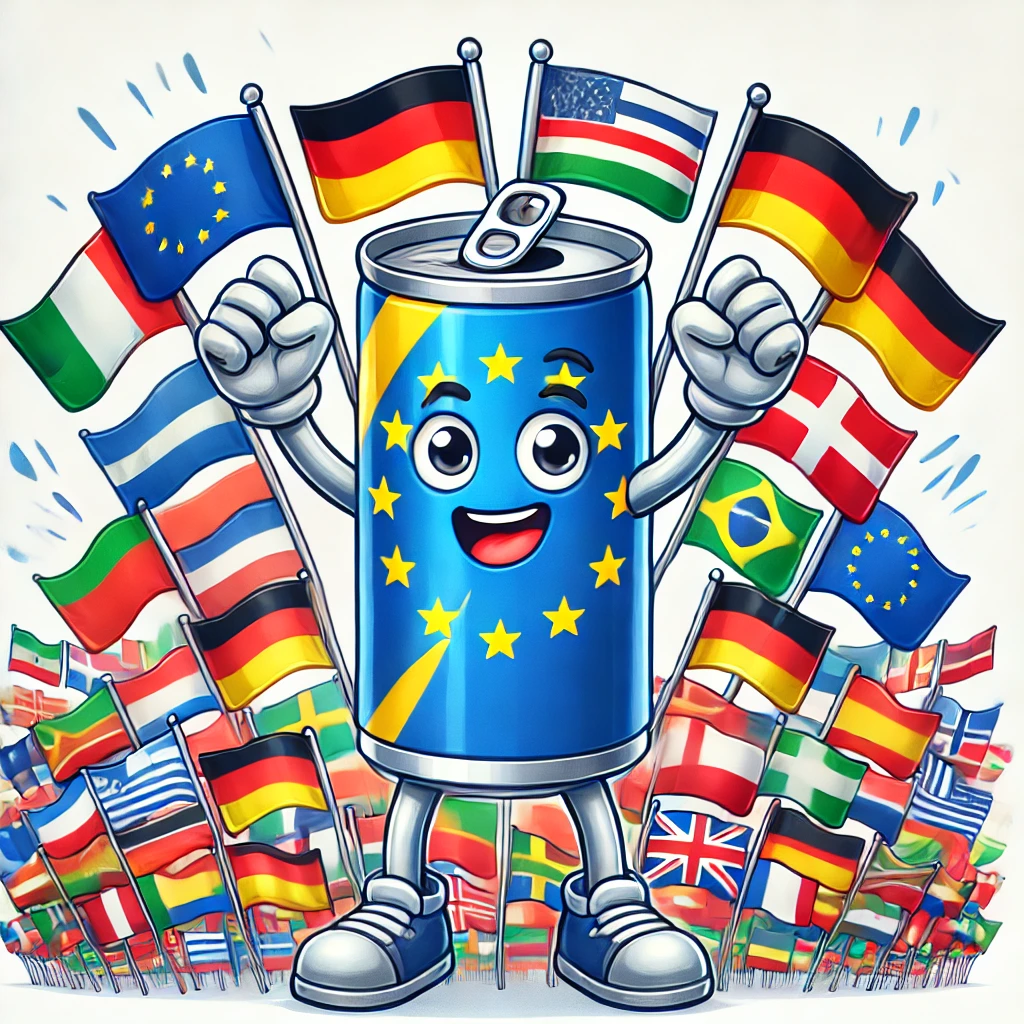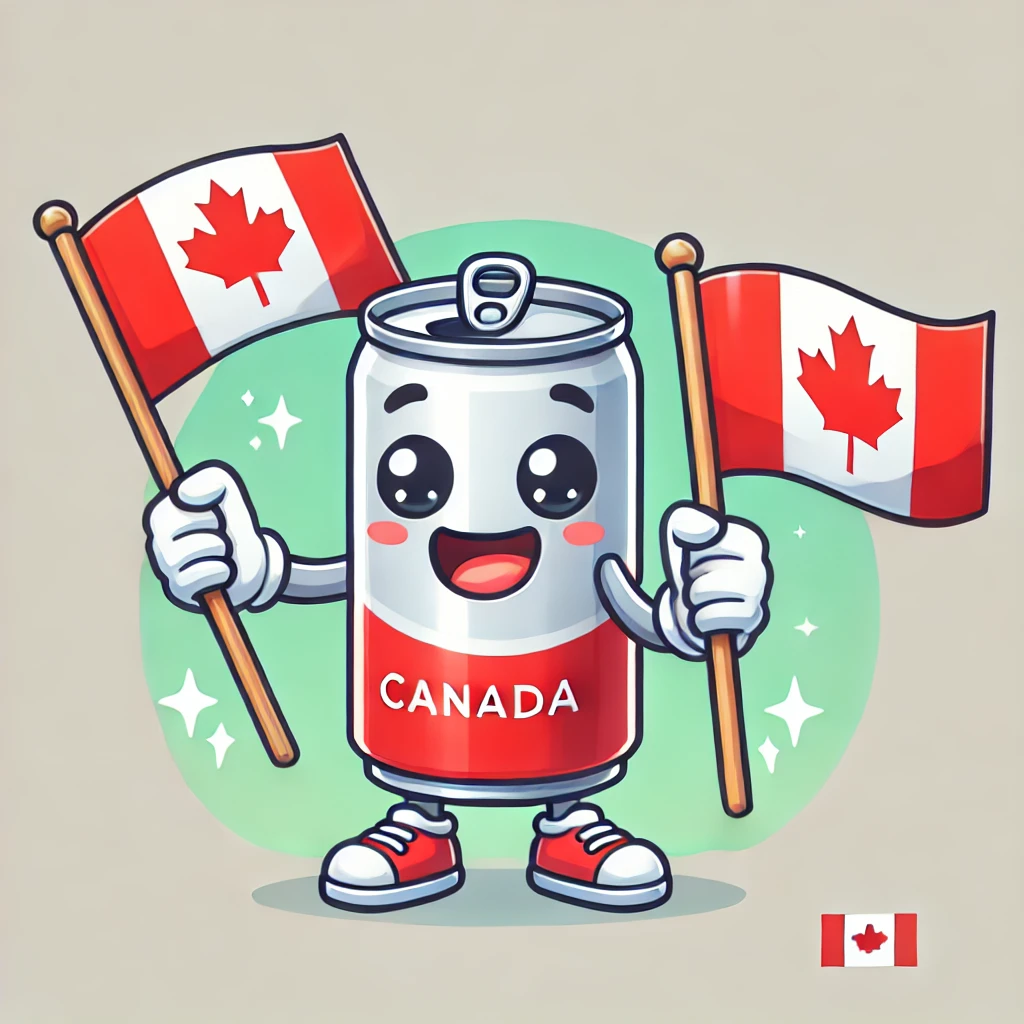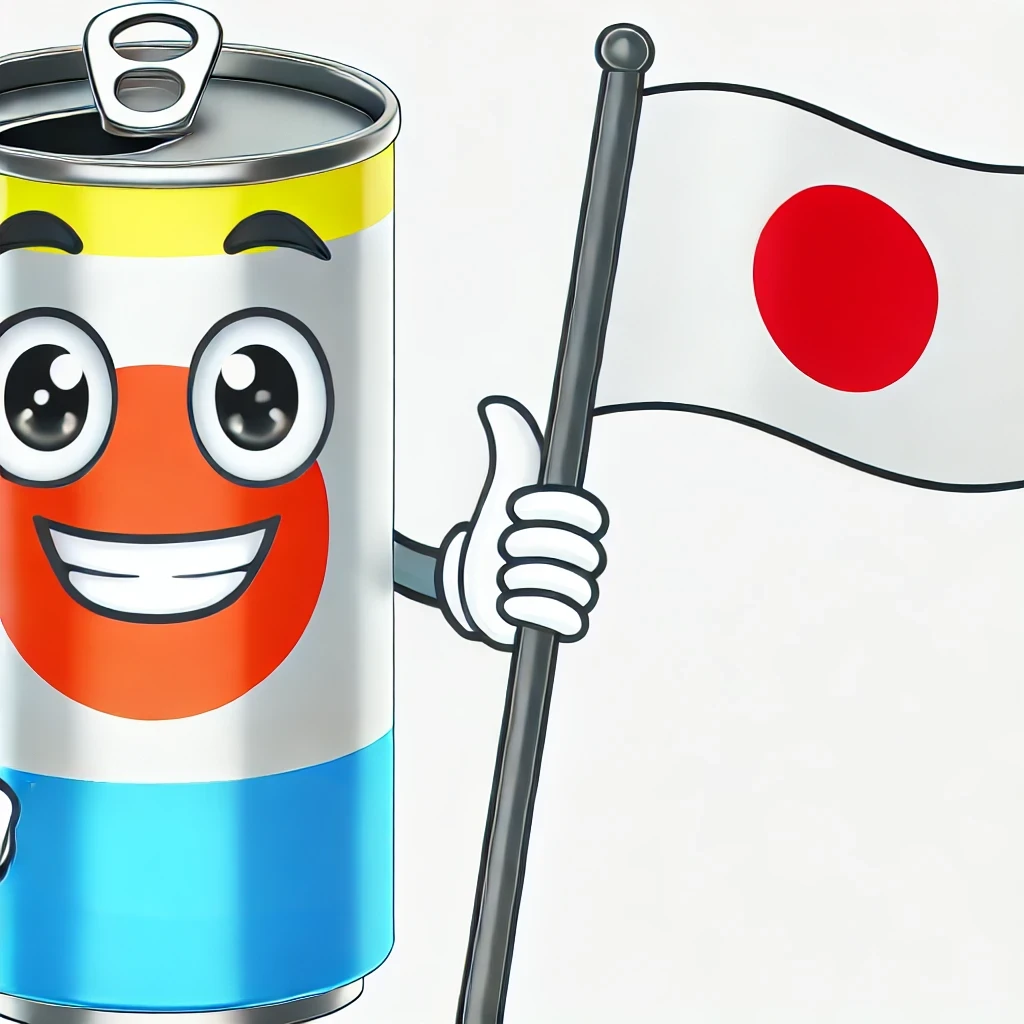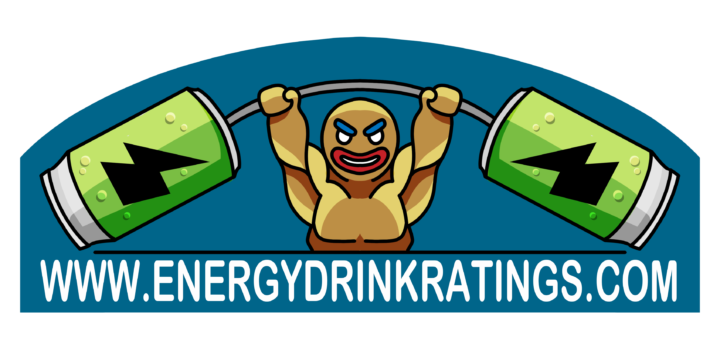Energy drinks are often in the media due to someone’s death or misfortune as people seek justice for overconsumption. Have you ever wondered what regulations are in place to ensure these drinks are safe? The rules governing energy drinks vary widely around the world, reflecting different health concerns, cultural attitudes, and regulatory philosophies. Let’s take a closer look at how different countries regulate energy drinks and what that means for consumers.
Before diving into the specifics, it’s important to understand why energy drink regulations are essential. Energy drinks often contain high levels of caffeine and other stimulants like taurine, guarana, and ginseng. While these ingredients can boost energy, they can also pose health risks, especially when consumed in large quantities or mixed with other substances like alcohol.
United States: Labeling and Warnings

In the United States, the regulation of energy drinks falls under the Food and Drug Administration (FDA). But there’s a catch: if an energy drink is marketed as a dietary supplement rather than a conventional food, it doesn’t have to follow the same rules. This loophole means some energy drinks might not be as upfront about their ingredients or potential health risks as you’d expect.
The FDA requires that energy drinks list their caffeine content, but only if it’s added separately. Surprisingly, there’s no specific cap on the amount of caffeine allowed. The FDA does provide guidelines, suggesting that up to 400 milligrams of caffeine a day—about four to five cups of coffee—is generally safe for adults. However, this lack of a strict limit has sparked discussions about whether more regulations are needed, especially to protect younger consumers.
European Union: Caffeine Limits and Labeling

The European Union (EU) takes a more cautious approach. If an energy drink contains more than 150 milligrams of caffeine per liter, it must carry a warning label. This is designed to alert consumers, particularly young people, to the high caffeine content.
Individual EU countries can set additional rules. For instance, France initially banned Red Bull over concerns about taurine, a common ingredient. Although the ban was lifted in 2008, the product is still closely monitored. Germany has considered banning sales to minors, although this hasn’t been implemented uniformly. The EU’s stringent stance reflects a strong public health focus, balancing consumer choice with safety.
Canada: Health Canada Regulations

Canada’s regulations are somewhat of a hybrid, combining elements from both the US and EU approaches. Health Canada classifies energy drinks as “food products” and sets a maximum caffeine limit of 180 milligrams per serving. Labeling requirements are strict, including warnings for children, pregnant women, and those sensitive to caffeine.
Moreover, Canada takes a proactive stance on marketing, limiting the advertising of energy drinks to children and teens. This includes rules on how these products are displayed and promoted, aiming to reduce their appeal to younger audiences.
Australia and New Zealand: Strict Controls

Down under, Australia and New Zealand have some of the toughest regulations. The Australia New Zealand Food Standards Code limits caffeine content in energy drinks to 320 milligrams per liter. They also require prominent labeling that warns about the high caffeine content and advises against consumption by children and pregnant women.
In some areas, you’ll find energy drinks behind the counter, requiring proof of age for purchase. This approach is similar to how tobacco products are sold, emphasizing the potential risks associated with these beverages.
Japan: Unique Cultural Perspective

Japan’s approach to energy drinks is quite different. These drinks are often classified as “nutritional drinks” and may be sold in pharmacies rather than standard retail outlets. Japan imposes strict regulations on both the ingredients and the marketing of these drinks, often emphasizing their role in health and wellness rather than just energy boosts.
Japan also tends to have lower legal limits on caffeine content, reflecting a cultural preference for milder stimulants. This careful regulation aligns with broader health-focused values, ensuring that consumers are well-informed about what they’re drinking.
The Role of Global Organizations
Global bodies like the World Health Organization (WHO) and the International Food Safety Authorities Network (INFOSAN) provide guidance and research that influence national regulations. For example, the WHO has expressed concerns about the high levels of caffeine in energy drinks, especially for children and young adults. These insights often prompt countries to reevaluate and tighten their regulations.
The Challenges of Regulation
Regulating energy drinks is a balancing act. On one hand, these drinks are a popular choice for consumers looking for a quick energy boost. On the other hand, the potential health risks—especially for vulnerable groups like children and teens—are significant. The global nature of the market complicates regulation further, as products made in one country are often sold in another, making consistent enforcement a challenge.
As awareness of the potential risks associated with energy drinks grows, we can expect regulations to become stricter. This might include more detailed labeling, lower legal limits on caffeine, and tighter restrictions on marketing to young people. There’s also a growing interest in better understanding the impact of other ingredients like taurine and guarana, which could lead to new regulatory measures.
Understanding the regulations that rule energy drinks can help you make informed choices about what you consume. Whether you’re grabbing an energy drink in the United States, Europe, or Asia, being aware of the rules and guidelines can make a big difference in your overall health and safety.
As energy drink regulations continue to evolve, staying informed will help you navigate this complex and growing world. So next time you reach for an energy drink, take a moment to check the label and understand what’s in your can. Check our website for easy to access facts and leave a review to help future consumers like you determine which drinks deserve to stand the test of time.
References
- Verster, J. C., & Koenig, J. (2018). Caffeine intake and its sources: A review of national representative studies. Critical Reviews in Food Science and Nutrition, 58(8), 1250-1259.
- European Food Safety Authority. (2015). Scientific opinion on the safety of caffeine. EFSA Journal, 13(5), 4102.
